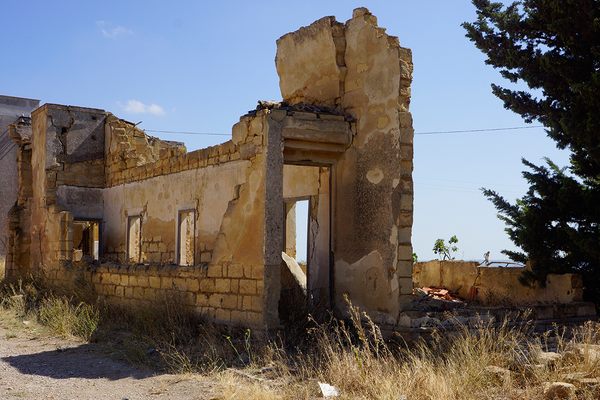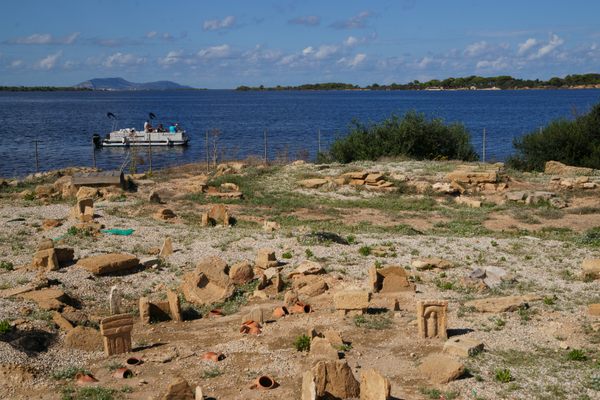AO Edited
Cave of Cusa
Campobello di Mazara, Italy
The ancient Greeks abandoned this quarry to escape Hannibal's devastating invasion.
Pieces of columns left abandoned. Ruggero (Atlas Obscura User)
In the year 409 B.C., invading Carthaginian forces led by Hannibal Mago swept into what is now Sicily. Up until the attack, the Cave of Cusa had been an important quarry for 150 years. Most of the buildings in the nearby ancient Greek city of Selinunte were constructed from limestone hewn from these pits.
Desperate to escape the oncoming devastation, the ancient Greek laborers fled the scene, abandoning their tools and carved stones in the process. Today, visitors to this designated Sicilian Archeological Zone can still see roughly 60 blocks of chiseled limestone left behind. The remnants include whole columns that were never transported to their final destination.
Know Before You Go
A car is essential to reach the quarry.
In partnership with KAYAK
Plan Your Trip
Order Atlas Obscura: Wild Life Today!
Venture into nature's unseen realms with our new book Wild Life. Explore hidden ecosystems & discover incredible species.
Order Now!

















Follow us on Twitter to get the latest on the world's hidden wonders.
Like us on Facebook to get the latest on the world's hidden wonders.
Follow us on Twitter Like us on Facebook